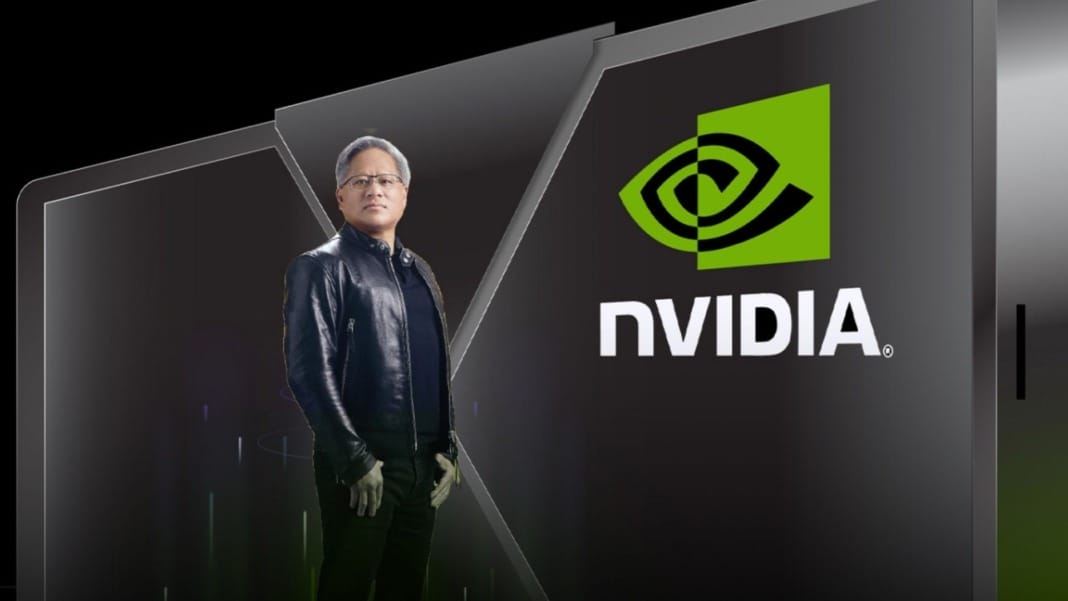A new Jon Peddie Research (JPR) data revealed that NVIDIA is now dominating the dedicated graphics card market more than ever. If you’ve been following the GPU market, this might not surprise you — but the numbers are still staggering. NVIDIA held a massive 92% market share in the first quarter of 2025.
NVIDIA leaves little room for competition
If you’re wondering who else is in the running, it’s slim pickings. AMD managed just 8% of the dedicated GPU market, while Intel’s presence was nearly invisible. According to JPR, of the 9.2 million graphics cards sold during this period, Intel’s new Arc B580 and B570 didn’t even make a statistical dent.
These numbers clearly show that NVIDIA is miles ahead of its rivals. Ideally, each of the three major players would hold around 33% of the market in a more balanced market. But that’s far from the case. In reality, NVIDIA is running the show, with AMD and Intel struggling to stay in the picture.
Early product launches gave NVIDIA a head start
One key reason why NVIDIA is so far ahead is simple: timing. NVIDIA rolled out its latest RTX 50 series cards in late January, giving it a clear advantage. In comparison, AMD’s new RX 9070 and RX 9070 XT cards didn’t hit the shelves until March — much later in the quarter.
And it wasn’t just about when the cards launched. NVIDIA also released four new cards, while AMD only introduced two. That difference in volume helped NVIDIA flood the market while AMD was still preparing its lineup.
Even though NVIDIA had supply issues at launch—with many cards selling out quickly—it still managed to reach a wide audience. Meanwhile, many AMD fans chose to wait for the newer RX 9070 models instead of buying older RX 7000 cards, which were nearing the end of their product life.
What could change in Q2 2025?
You might be wondering if AMD can bounce back in the next quarter. While it’s unlikely that they’ll grab 50% of the market any time soon, there’s a chance their share could go up. The RX 9070 (XT) cards seem to be performing well, and AMD has been reporting strong sales numbers since their release.
If those numbers hold steady, the Q2 report could show a small but meaningful gain for AMD. For Intel, though, the road looks much tougher. Their Arc cards have yet to catch on with gamers, and without more competitive models or better timing, it’s hard to see how they’ll improve.
In the meantime, NVIDIA continues to set the pace. With more card options, earlier releases, and strong brand recognition, the company isn’t just winning — it’s dominating. Whether that changes later in the year will depend on how AMD and Intel respond in the months ahead.





